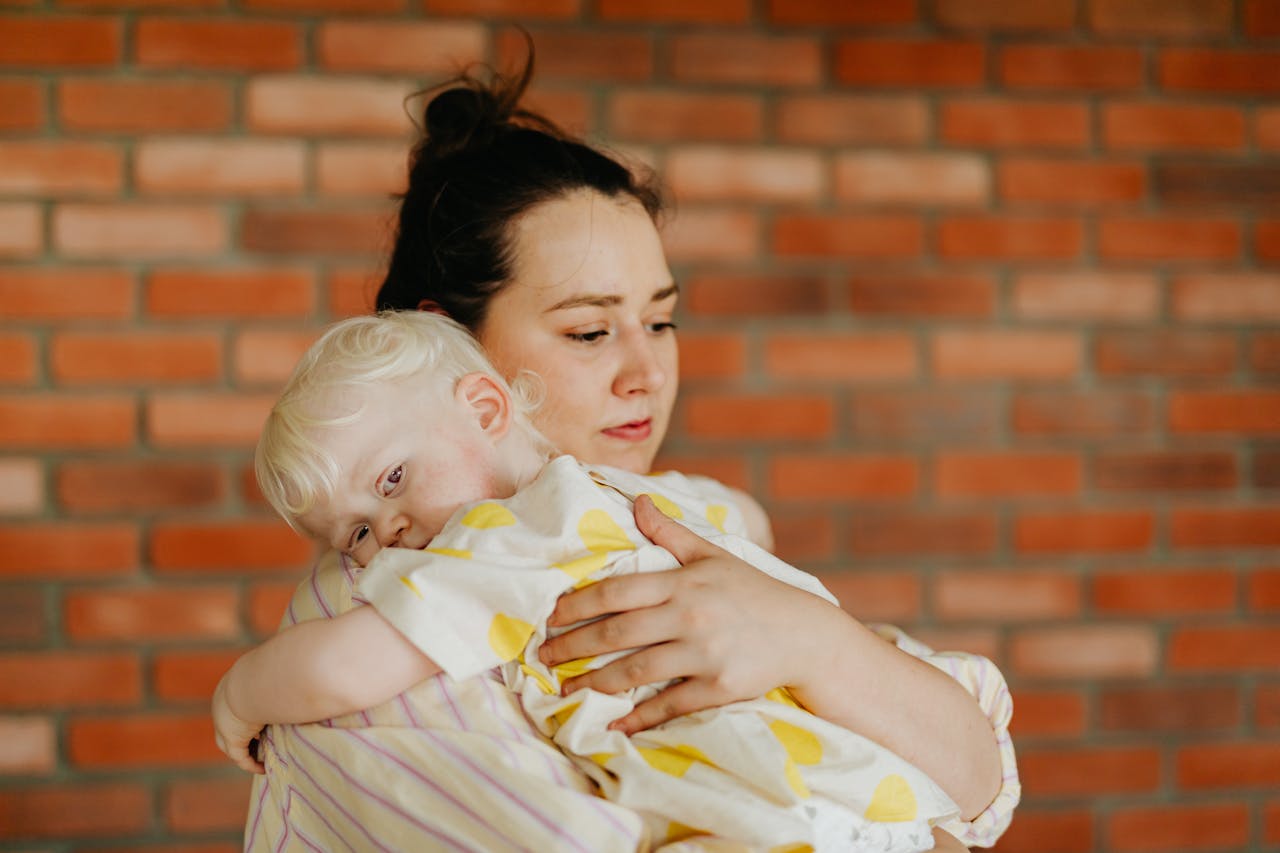Nannies and other caregivers play a critical role in a child’s life—not just in providing care and support, but also in being a trusted adult who can recognize when something may be wrong. Unfortunately, child abuse can and does happen, and being informed can make all the difference in protecting a child from harm.
This guide will help you understand the signs of abuse and how to respond appropriately if you suspect a child is being harmed.
Types of Child Abuse
Child abuse can take many forms.
Physical abuse includes any act that causes physical harm, such as hitting, slapping, or burning.
Emotional abuse involves behaviors like constant criticism, verbal assaults, humiliation, or threats that damage a child’s sense of self-worth.
Sexual abuse refers to any form of sexual contact or exploitation involving a child.
Neglect is the failure to provide basic needs such as food, clothing, shelter, supervision, or medical care.
Common Signs of Abuse
Not all signs are obvious, and a single sign doesn’t always mean abuse. However, patterns of behavior or unexplained injuries should raise concern.
Physical Abuse
- Unexplained bruises, welts, or burns
- Injuries in various stages of healing
- Flinching when touched or avoiding physical contact
- Wearing clothing that covers arms and legs, even in hot weather
Emotional Abuse
- Excessive withdrawal or fearfulness
- Delays in emotional development
- Frequent complaints of headaches or stomachaches with no medical cause
- Extreme behaviors, such as being overly compliant or aggressive
Sexual Abuse
- Knowledge of sexual behavior beyond what’s age-appropriate
- Trouble walking or sitting
- Refusal to change clothes or participate in physical activities
- Sudden changes in behavior, appetite, or sleep patterns
Neglect
- Poor hygiene, dirty clothes, or untreated medical issues
- Consistent hunger or stealing food
- Frequent absences from school
- Lack of supervision or unsafe living conditions
What to Do if You Suspect Abuse
If something feels wrong, it’s essential to take it seriously. You are not expected to prove abuse—but you do have a responsibility to report suspicions.
1. Document Your Observations
- Keep notes of what you see, hear, or notice. Include dates, times, descriptions of injuries or behavior, and any statements the child makes.
2. Report It to the Right Authorities
- In the U.S., you can contact Child Protective Services (CPS) or the National Child Abuse Hotline (1-800-4-A-CHILD).
- If the child is in immediate danger, call 911.
3. Talk to Your Agency or Employer
- If you work through a nanny agency, notify your placement coordinator.
- If you work directly for a family and suspect abuse by someone outside the household, approach the employer only if it’s safe and appropriate—but never ignore serious concerns.
Protecting Yourself and the Child
It’s important to stay calm and composed. Children may be afraid or unsure about what’s happening, so respond with reassurance and care. Don’t try to interrogate the child—let them speak freely and avoid asking leading questions. Keep the matter confidential and only share your concerns with the appropriate authorities. Also, be aware of your legal obligations. In some states, nannies and caregivers are considered mandated reporters, which means you’re legally required to report suspected abuse.
Creating a Safer Environment
Build a trusting relationship with the children you care for so they feel safe confiding in you. Advocate for child safety training in your workplace, and make continuing education part of your professional routine. Staying up to date on child safety, abuse prevention, and CPR/first aid certifications will help you stay prepared.
You Are a Lifeline! As a nanny or caregiver, you are often the first to notice when something is off. Trust your instincts. Your attention, compassion, and courage can protect a child and possibly even save a life.
Contact A New England Nanny
Whether you are a family or a nanny, if you work with our agency and suspect any form of abuse, contact us immediately.

